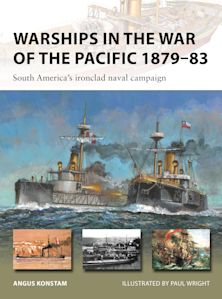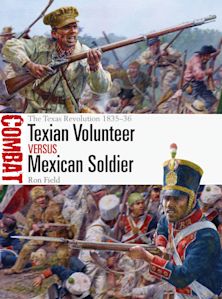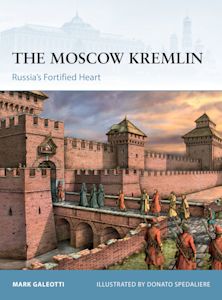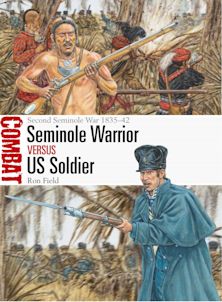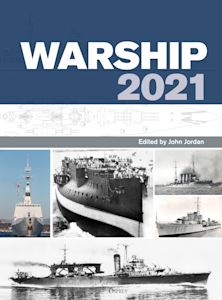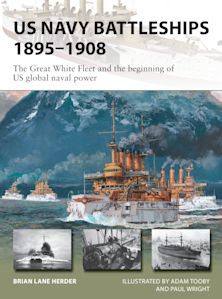Armies of the First Sino-Japanese War 1894–95
Armies of the First Sino-Japanese War 1894–95
Description
An illustrated study of newly modernized Japan's war against China, marking its rapid transition into Asia's leading military power only 30 years after emerging from feudalism.
After the Meiji restoration of the Japanese imperial regime in 1868–77, modernization along Western lines of Japan's industry, communications and forces advanced with remarkable speed and, by the 1890s, the rejuvenated nation was ready to flex its muscles overseas. The obvious opponent was the huge but medieval Chinese Empire, and the obvious arena for war was Korea, a nearby Chinese protectorate that Japan had long coveted.
In this study, author Gabriele Esposito describes the bloodthirsty course of the Japanese campaign in China, using colour illustrations and photos to showcase the organization, equipment and appearance of the various Chinese forces, the Imperial Japanese Army and Navy, and, for the first time in English, the Korean and Formosan participants.
Japan's victory left it confident enough to challenge Imperial Russia and, nine years later, it defeated it at the Battle of Tsushima where two-thirds of the Russian fleet was destroyed by the Japanese Navy. This victory confirmed Japan's place as Asia's leading military power, soon to become a realistic rival to the West.
Table of Contents
The opening of Korea – The 'Imo incident', 1882 – The 'Gapsin coup' and its aftermath,
1884–86– The 'Donghak rebellion', 1894
CHRONOLOGY
MILITARY OPERATIONS
Naval battle of Pungdo, 25 July 1894 – Battle of Seonghwan, 28 July 1894 – Battle of Pyongyang, 15 September 1894 – Naval battle of the Yalu river, 17 September 1894 – Japanese invasion of Manchuria, October–November 1894 – Liaodong Peninsula: capture of Port Arthur, 21 November 1894 – Shandong Peninsula: battle of Weihaiwei, 18 January–2 February 1895 – Manchuria: battle of Niuzhuang, 28 February 1895 – Treaty of Shimonoseki, and occupation of Pescadores, 20 March–17 April 1895 – Japanese occupation of Formosa, 29 May–21 October 1895
JAPANESE ARMY
Conscription – Formations and strength – Imperial Guard– Infantry, cavalry and artillery units – Engineer, train and Gendarmerie units – Basic Japanese order of battle, 1894–95– Weapons
CHINESE ARMIES
Army of the Eight Banners – Beijing Bannermen – Army of the Green Standard – Yung-ying armies – Huai army – Other modernized forces – Weapons
KOREAN ARMY
Chinese domination, 1880s – Japanese reorganizations, 1896–1907
DEFENDERS OF FORMOSA
Chinese garrison – Aboriginal forces
SELECT BIBLIOGRAPHY
PLATE COMMENTARIES
INDEX
Product details
| Published | Oct 27 2022 |
|---|---|
| Format | Ebook (PDF) |
| Edition | 1st |
| Extent | 48 |
| ISBN | 9781472851321 |
| Imprint | Osprey Publishing |
| Illustrations | Illustrated with 8 pages of detailed colour artwork |
| Series | Men-at-Arms |
| Short code | MAA 548 |
| Publisher | Bloomsbury Publishing |
Reviews

Resources
Discover More
Visit our exclusive member's website to see artwork, maps, and more from this book.

Resources
Book Vote
Tell us what titles you would like to see published by Osprey, then vote for your favourites in our monthly book vote!







